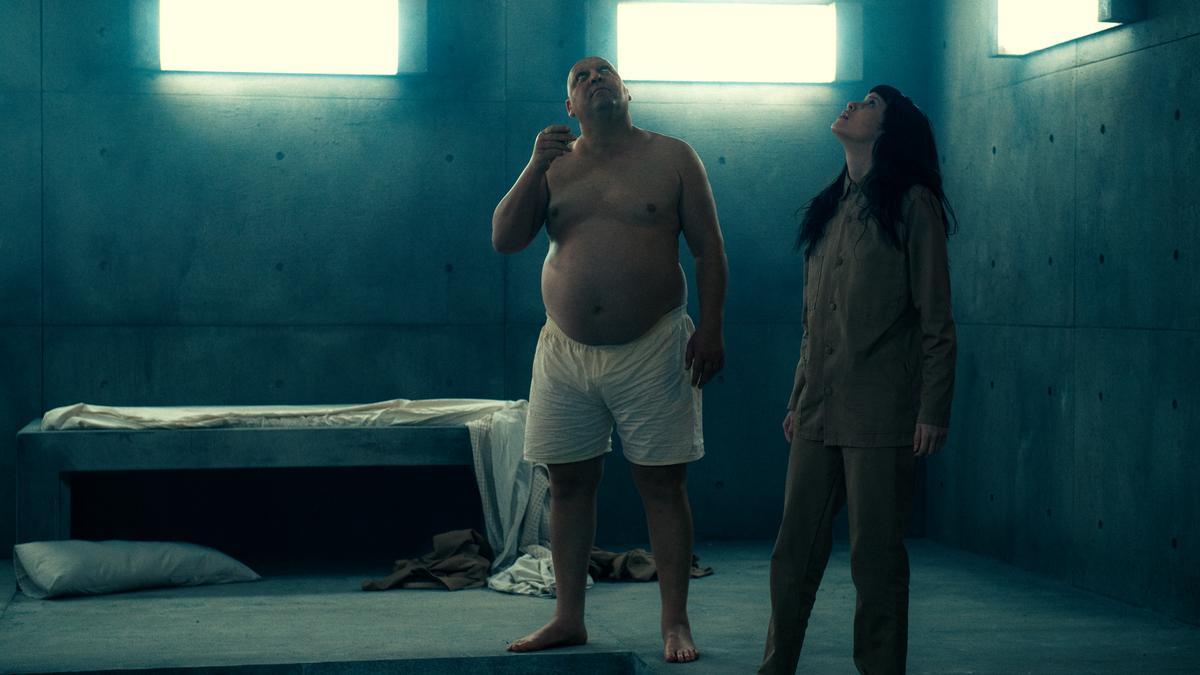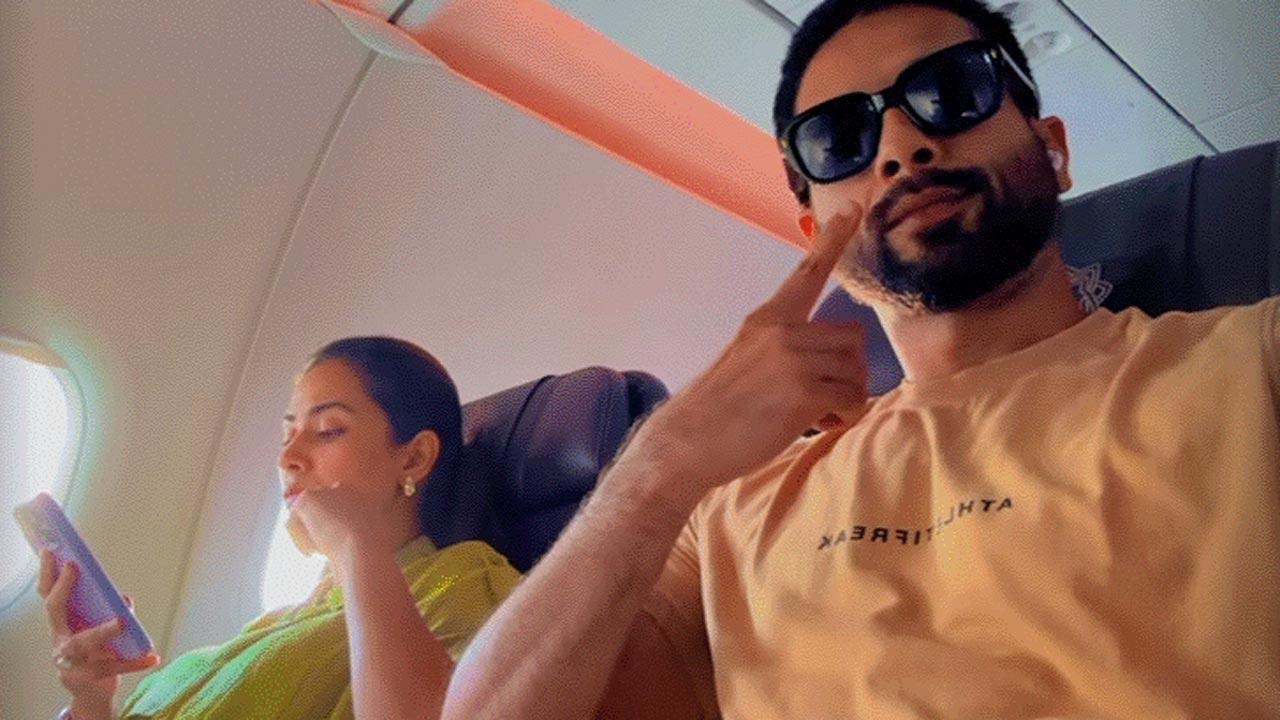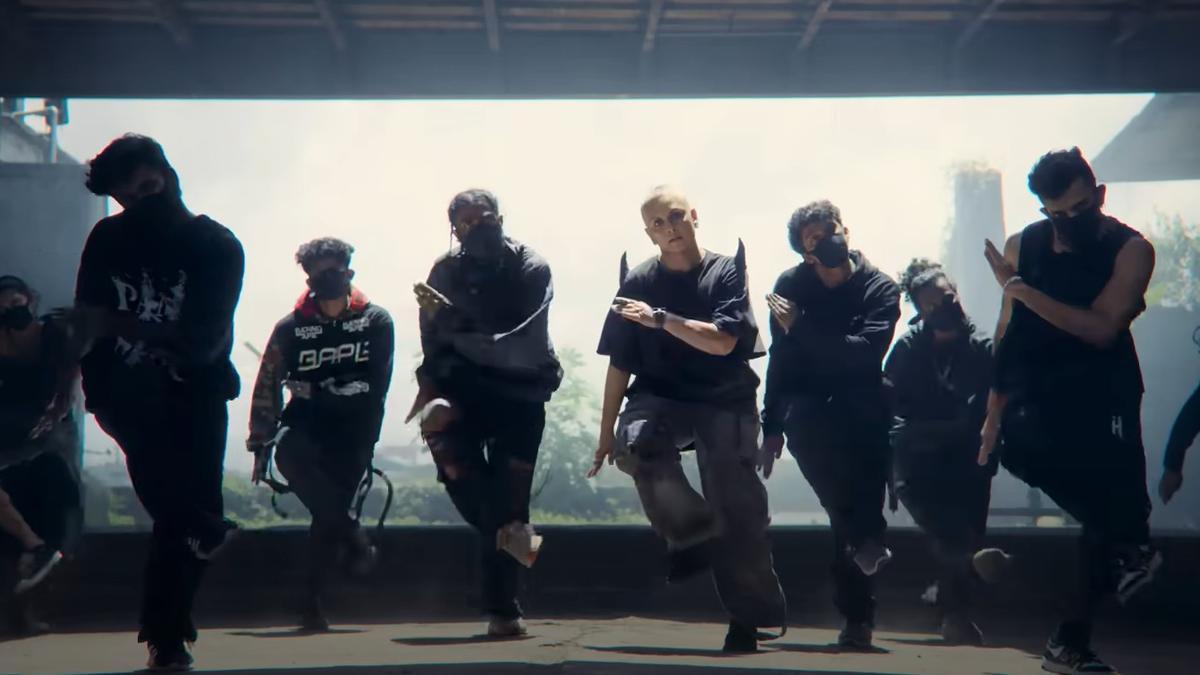
As the entertainment industry continues to churn out sequels, often failing to capture the essence that made their predecessors hits, Netflix once again ventures into familiar territory with “The Platform 2,” a sequel to its acclaimed Spanish dystopian thriller. Released during the pandemic, the original film took audiences on a thrilling ride through the concept of a ‘Vertical Self-Management Center,’ a facility where residents scramble for food delivered on a descending platform — a transparent social critique that resonated with audiences facing unprecedented global upheaval. Now, this acclaimed narrative returns with a follow-up that attempts to dive deeper into its allegorical world, though not without stumbling over its ambitious aspirations.
Unlike many sequels that ease viewers in with a summarized recount of past events, “The Platform 2” thrusts its audience straight into the heart of the action. Within a few opening moments, fans are plunged back into the chaotic world below ground, where an evolving set of rules redefines how sustenance is shared among the inhabitants. This time, a supposed order mandates that each resident select their preferred meal and stick to it, unless agreements are made to swap. Yet, as with all systems based on compliance and goodwill, loopholes and defiance soon lead to disorder.
“The Platform 2” successfully retains the headlong pacing of the original, which helps alleviate the monotony of its singular, stark setting. Within these confined walls, familiar thematic symbols are even more pronounced. This unrelentingly heavy-handed approach to symbolism remains a signature of the franchise — often to its detriment in this sequel. As chaos erupts when unforeseen behaviors and individual desires undercut imposed regulations, spectators Perempuan (played by Milena Smit) and Zamiatin (portrayed by Hovik Keuchkerian) find themselves embroiled in an escalating crisis. The narrative unfolds as a blunt parallel to societal structures, addressing capitalism’s pitfalls and religious lore by introducing ‘the anointed ones’ — guardians who uphold law and order, reinforcing a fair distribution of the platform’s meager offerings.
The film doesn’t shy away from explicit religious imagery, with gospel-like references punctuating the plot.
. One striking scene has Perempuan envisioning the ‘Master’ in a surreal reimagining of The Last Supper, underscoring the messianic undertones that thread through the story. The depiction of the platform’s 333 levels, with two residents per level summing up to a foreboding 666, adds to the film’s biblical allusions, enhancing its allegorical depth at the risk of becoming convoluted.
Perempuan’s progression from observer to a fervent participant, eventually rebelling against the intrusive system, highlights the filmmakers’ mastery in character development amid an overcomplicated narrative. Evocative elements such as her relations with her cellmate, whose obsession with imaginary numbers morphs into a haunting imaginary friend, provide moments of brilliance, echoing the first film’s cerebral edge.
Regrettably, despite these moments of brilliance, “The Platform 2” struggles to sustain a coherent connection with its audience. The transient nature of secondary characters, who seemingly drift in and out of scenes, further complicates viewer engagement. Unlike the original film’s protagonist, Goreng, whose journey drew empathetic support, the sequel’s characters often remain mere symbols rather than fleshed-out figures, leaving audiences wanting in character depth and emotional resonance.
Moreover, the oversimplified conflict of perpetuating order through force by loyalists feels less compelling than exploring the deeper psychological layers of the inhabitants — a strength of the original that enabled it to stand apart. This oversight, coupled with the uninspired English dubbing that detracts from genuine emotional engagement, makes the sequel feel, at times, more like an unfinished meal than a thought-provoking smorgasbord.
In the end, much like the scant portion of food reaching the lower levels, the reasons for the existence of “The Platform 2″ feel just as sparse. Though it attempts to expand the franchise’s lore, it misses the satisfying richness that made its precursor a standout. Despite these shortcomings, the sequel, now streaming on Netflix, may still intrigue fans eager to see more of this dystopian universe.”










